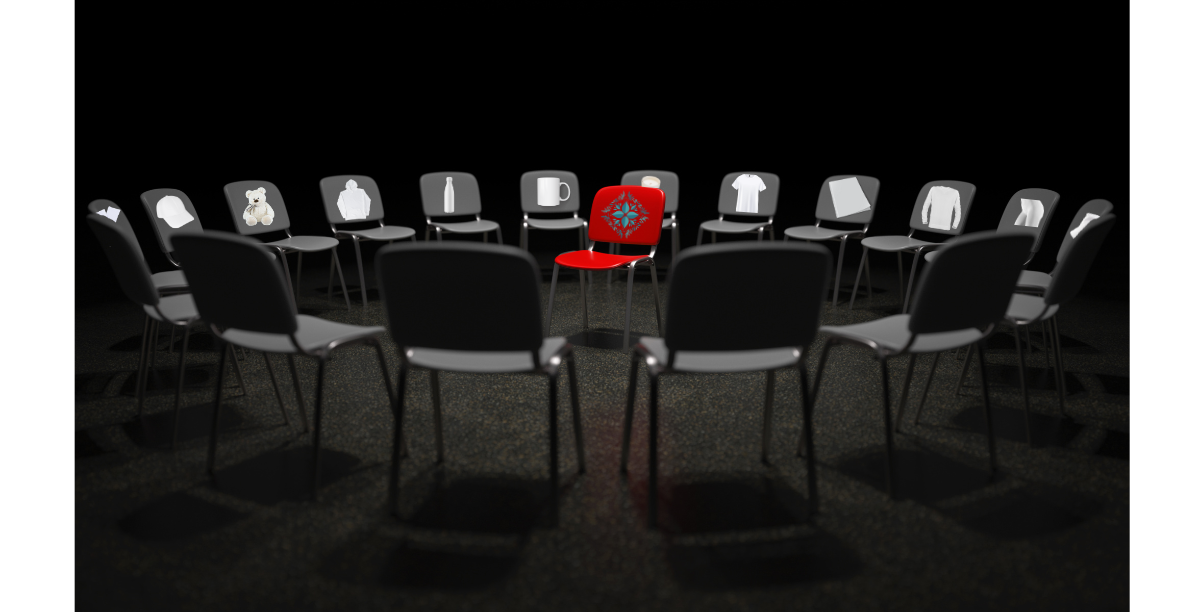Blog

Mind Your Language
I was in two different rooms with two different professional people today and both of them described an item of clothing I was wearing as something I would never have imagined.
The garment I’m talking about and currently still wearing is a long-sleeved T-shirt. A cotton, lightweight tee with full-length arms. If it had short arms, or probably even three-quarter ones, they would have called it a T-shirt without thinking.
Yet both of them, totally independently, at different times and not in front of each other, called it a jumper.
Now, it’s fair to say the weather in the UK has been pretty rubbish this year. As I write this it’s June and we are still waiting for summer to begin. So it’s not beyond the realms of possibility that I could well have chosen a jumper to wear today.
But to look at it, it’s quite clearly thin cotton fabric.
While I don’t expect doctors and the like to be interested in different types of top, whether shapes or material, it really got me thinking.
Initially, it reminded me that although I often upload designs onto long-sleeved tees as well as their more traditional short-sleeve counterparts, the former sell far less often than the latter. Which is understandable. The standard short-sleeved T-shirt is universally acclaimed. It’s a staple in everyone’s wardrobe.
The longer sleeve version, however, only really started to gain popularity in the skateboard community, and, even then, often a plain white one with a more interesting short one over the top.
From my point of view, I find the long sleeves are perfect for this unpredictable weather that makes it so difficult to decide what to put on in the morning. It’s quick and easy to push the sleeves up if you start to warm up a bit and put them down again when the sun goes in or the wind comes up.
So why don’t more people buy them from my POD listings? Why do I sell at least ten times more short sleeved T-shirts than long ones in an average month?
When you consider that with T-shirts in general there are multiple ways of spelling their moniker, it’s surprising really that any get found at all using search engines like Google.
T-shirts or Tshirts?
Tees or t-shirts or tshirts, or T shirts/t shirts?
You don’t tend to add the words short-sleeved before, either, do you? Yet if you were to be seeking one with long sleeves specifically, you would naturally add more detail.
You can see how my mind is working, can’t you? If people aren’t searching for the keywords I’m using, they don’t find them and they don’t get seen and bought.
Should I even be calling them jumpers? Lightweight jumpers? Summer-weight jumpers? Jerseys? Inclement weather shirts? Shirts that reach your wrists but can be pushed up to your elbows?
I guess it just boils down to people’s life experiences, and often where they live, as to what they call what. Like the whole bap/bun/roll/barm debate.
Plus the old adage “You can’t please everyone all of the time!”
But it’s important to remember that our goal as online business owners is to come up with titles and descriptions that the search engines will consider the best match to what people type in.
Higher search rankings = more eyes on our merch = more sales.
And also if less people are looking for long-sleeved tees than their breezier, more traditional counterparts, then it stands to reason that we will sell less.
From my own point of view, if I’m uploading a design onto print on demand platforms like Amazon Merch on Demand and Redbubble, there’s no reason whatsoever for me not to put it on long-sleeved T-shirts, hoodies, sweatshirts, V-necks, vests, etc while I’m at it.
Worth noting: With Amazon Merch on Demand, though, I do only have a limited number of slots I can upload to in any one day. This is a peculiarity of Amazon – do let me know if you’d like to find out more about how their system works. Most people don’t realise you can even do POD on Amazon beyond books with Kindle Direct Publishing, KDP. So if I have a few designs to upload onto Amazon I only upload them onto the most popular products, then go back in on fallow days when I don’t have a new design to add and upload onto the remaining items.
But if I was uploading onto my own e-commerce store, like the ones we specialise in at POD123, would focusing on products that everyone calls something different be a good idea? Perhaps if we had a T-shirt shop and had a mixture of shapes of tee?
All of this from a quick chat with two professionals and no doubt each had no idea that they’d set me off on this whirlwind of spiralling thoughts.
Is it just me that does that? After all…
My name’s Jo, and I’m a POD addict.

© 2024 Branded & Covered. All Rights Reserved.


Facebook
Instagram
LinkedIn
Youtube
TikTok